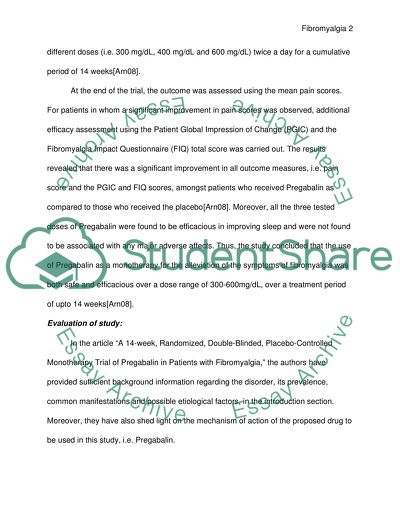Cite this document
(“Evidence based practice critique and application Dissertation”, n.d.)
Retrieved from https://studentshare.org/family-consumer-science/1414627-evidence-based-practice-critique-and-application
Retrieved from https://studentshare.org/family-consumer-science/1414627-evidence-based-practice-critique-and-application
(Evidence Based Practice Critique and Application Dissertation)
https://studentshare.org/family-consumer-science/1414627-evidence-based-practice-critique-and-application.
https://studentshare.org/family-consumer-science/1414627-evidence-based-practice-critique-and-application.
“Evidence Based Practice Critique and Application Dissertation”, n.d. https://studentshare.org/family-consumer-science/1414627-evidence-based-practice-critique-and-application.


